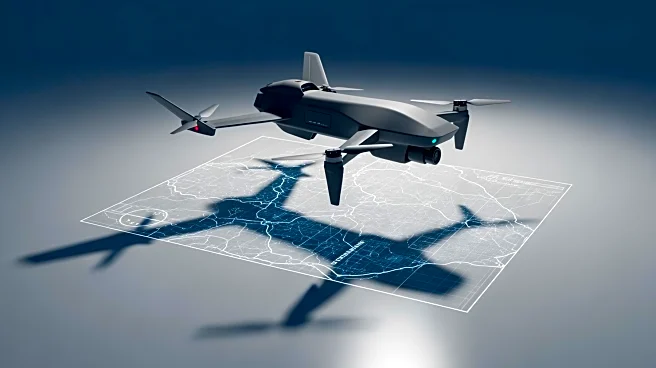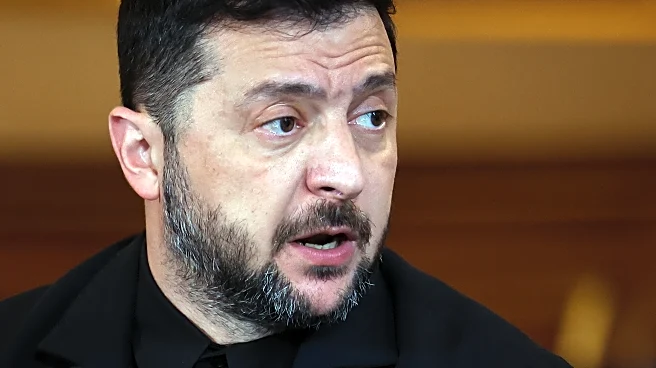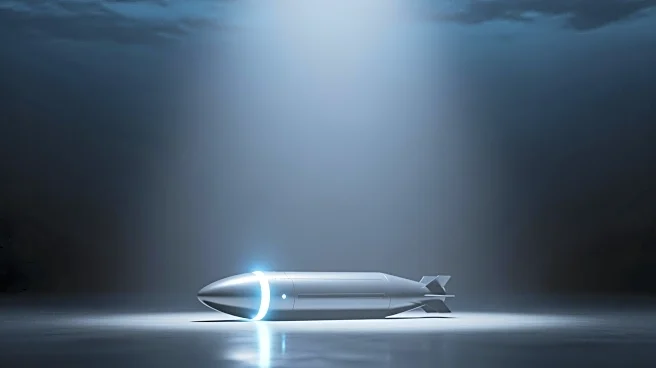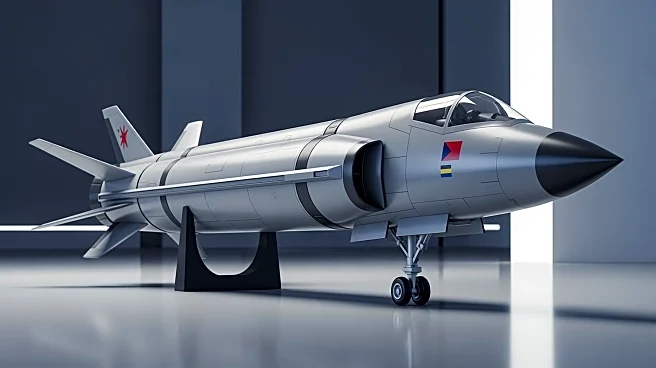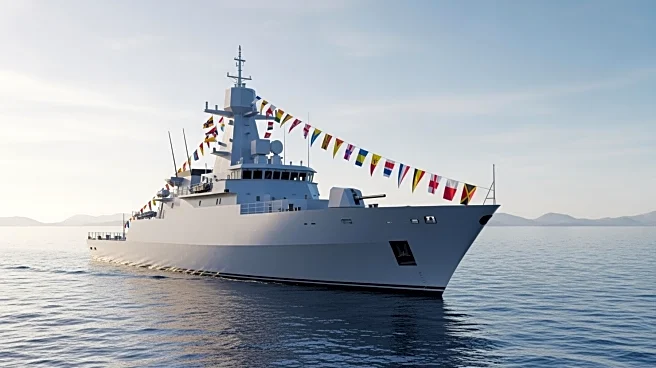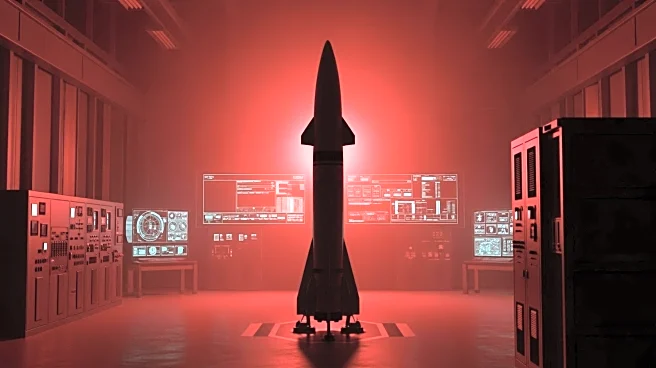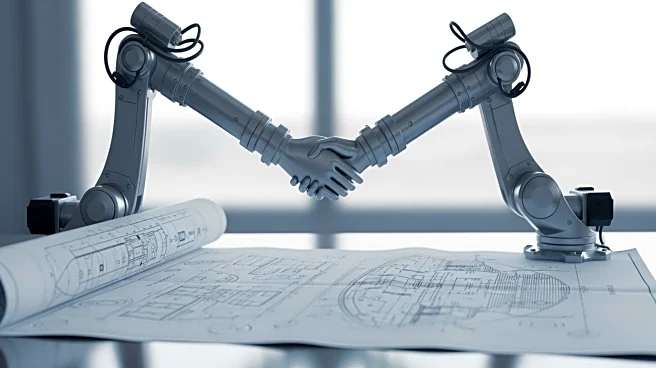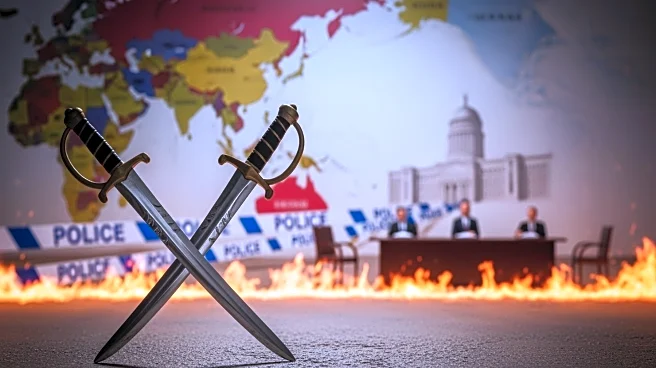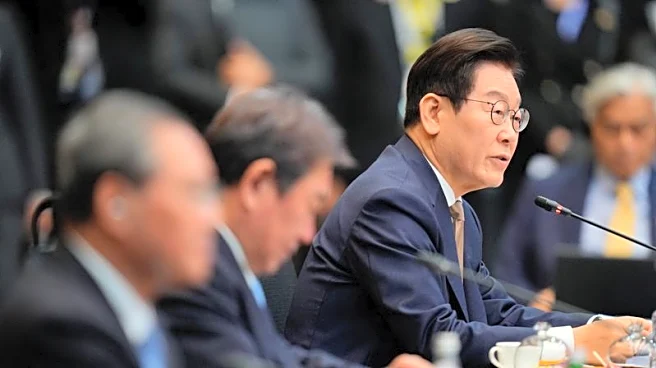What's Happening?
A recent report by the Rand Corporation suggests that China's military, the People's Liberation Army (PLA), may be moving towards adopting a more flexible command structure known as 'mission command.' This approach allows lower-level commanders to make
decisions based on the general intent of their superiors, rather than waiting for direct orders. The report indicates that this shift could lead to improved operational performance, quicker decision-making, and greater adaptability. Historically, the PLA has been characterized by a rigid and centralized command structure, which has been seen as a potential weakness by U.S. military strategists. The report highlights that some PLA units, such as special operations forces and warships, are already experimenting with this decentralized approach.
Why It's Important?
The potential shift in China's military command structure could have significant implications for U.S. military strategy. A more flexible PLA could be more resilient against U.S. tactics that focus on disrupting command and control systems. This would require the U.S. to adapt its strategies and possibly develop new approaches to counter a more agile Chinese military. The adoption of mission command by the PLA could also lead to increased operational effectiveness, posing a greater challenge to U.S. and allied forces in potential conflicts. Furthermore, this change could alter the balance of military power in the Asia-Pacific region, impacting U.S. interests and alliances.
What's Next?
If the PLA fully embraces mission command, the U.S. may need to reconsider its military exercises and collaborations with allies to prevent the PLA from gaining insights into successful foreign command practices. The report suggests that the U.S. and its allies should be cautious about joint exercises with the PLA to avoid inadvertently aiding their transition to a more effective command structure. Additionally, the PLA's move towards mission command could lead to internal challenges, as it may require a cultural shift within the military and adjustments in political control mechanisms by the Chinese Communist Party.
Beyond the Headlines
The potential adoption of mission command by the PLA raises questions about the balance between military effectiveness and political control in authoritarian regimes. The Chinese Communist Party's need to maintain control over the military could conflict with the operational benefits of a decentralized command structure. This tension could influence the extent and success of the PLA's reforms. Moreover, the shift could lead to a reevaluation of military strategies and doctrines by other nations in the region, potentially sparking an arms race or changes in defense policies.
